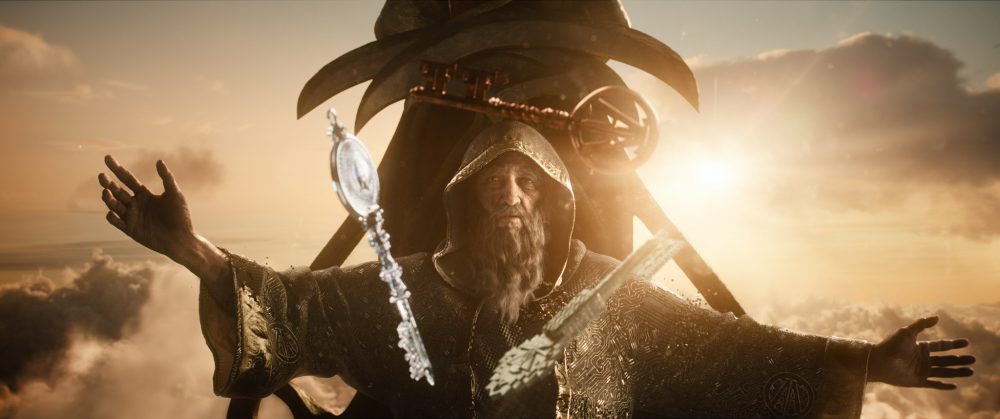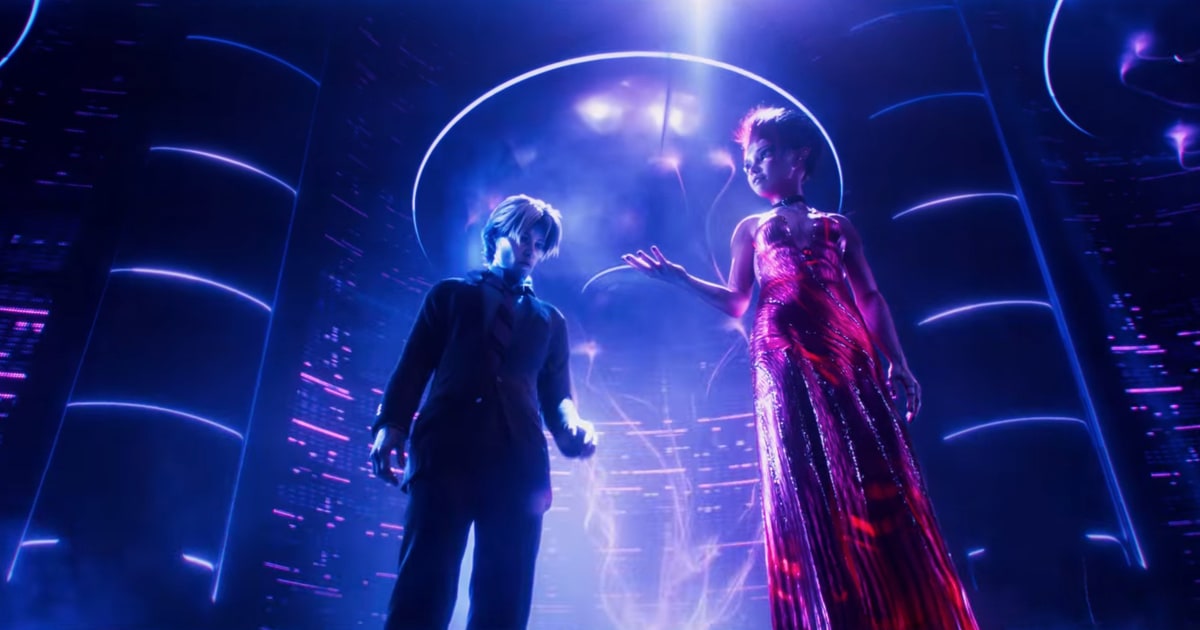
In spite of being an international bestselling novel, Ready Player One has always been the subject of polarising opinions. Whilst many hail it as one of the best books of recent times, others have called it wildly overrated. With this in mind, it is no surprise that the film has followed suit – dividing opinions, especially on whether it can be called one of Spielberg’s best films or one of his worst.
While many may declare it as the former, this article takes the view of the latter. Ready Player One was highly anticipated, not only as an eagerly awaited adaptation but also as what would hopefully be another great entry in Spielberg’s film catalogue. But it failed in both of these expectations.
Instead what we got was a film completely reliant on its visuals and recognisable properties – using popular culture references and Easter eggs in place of a coherent story and great characters. There are many reasons that Ready Player One can be called one of Spielberg’s worst, this article looks at some of those reasons. Please expect spoilers.
1. It ignores the best parts of its source material

Ernest Cline’s debut novel was released in 2011 and became a New York Times bestseller. As well as having its trivia, adventure, and gaming aspects praised, it was also highly praised for its social commentary.
The novel not only manages to be a fun and thrilling ride which appeals greatly to pop culture fans and gamers but it also successfully manages to use dystopia to show a world that is not so far in the future – a world which we one day might find ourselves in if we continue to use energy resources the way that we do. This mix of entertaining, virtual features with more bleak, realistic ones makes the Ready Player One novel a well-rounded and engaging story.
The novel also gives us a relatable and likeable lead character that we cannot help but root for. In the novel, Wade Watts spends every spare moment that he can in the OASIS in order to escape from his poverty stricken life, which is described in great detail including the relationship between him and his Aunt. Wade also spends his time obsessing over every little detail of James Halliday’s life, even eating his favourite snacks and watching his favourite movies and adverts from the eighties.
The film only touches on the above aspects. Yes Wade is shown as spending most of his time in the OASIS, and yes he is shown to live in an environment that is obviously not affluent. But both the obsessive side of Wade and the reason why the OASIS is such a refuge for him and for most of the planet is not true to the novel at all.
The social commentary of the novel would have been a brilliant thing to translate to the film. And what better way to show the shocking consequences of human behaviour than on the big screen. The Ready Player One film becomes an extended story about the search for an Easter egg in a virtual game, rather than the story of a guy who triumphs over his circumstances and environment to save his friends and better his life.
Most annoyingly of all, the film completely disregards the structure of the race for the keys. In the novel, first a challenge must be beaten in order to gain a certain key. The keys are then used to access a gate, which contains another challenge to be cleared.
In contrast to this, the film only contains a task to win each key. Not only this but the content of the tasks is almost entirely different from the book, and not for the better. To explain the exact differences would be far too lengthy, but for a film that trades almost exclusively in pop culture references, it missed out some potential great ones.
2. It’s all style over substance

Imagine that the only family you have are murdered, along with dozens of other innocent people. Imagine the only home you have ever known is destroyed. That is hard enough to cope with as it is but now also imagine that this all happened in an attack meant for you. You would be devastated, distraught, inconsolable….wouldn’t you? So when this happens to Wade in the film, it makes it all the more noticeable that he barely has a reaction to it.
In fact it is mentioned in an offhand comment once before never being mentioned again. And this is a pivotal moment – this is the moment that both Wade and the audience are supposed to see the very real world consequences of the virtual reality.
This is where the high stakes and threat come in. This is where Wade becomes more than just a gamer. Or at least that is what was supposed to happen. But it just doesn’t play out that way.
The actual explosion is concentrated on more than the effect and the outcome. Just one example of how the visuals in Ready Player One are more focused on to the detriment of the narrative, the characters, and the character arcs.
Spielberg is far more interested in ramming the screen full of CGI, mass special effects, and Easter eggs – almost as if he is trying to overwhelm the audience in the hopes that they won’t notice how the film is lacking in every other way. Sure Ready Player One looks great but there is no threat, no real investment, no characters to root for, and most importantly of all – no heart.
3. The actors are outshone by their avatars

In the OASIS, gamers can pick any avatar they want. They can choose to be an alien or a cyborg, an elf or a robot. Or they can just choose to be a better version of themselves. As much of the film obviously takes place in virtual reality the OASIS, the main characters are often portrayed as their avatars rather than their real life counterparts. This turns out to be both a good and a bad thing.
It is good in so much in that the avatars are far more interestingly played than the stilted performances of the actors. Their facial expressions are better, their movements more compelling, and the chemistry between Wade and Samantha is far more convincing when they are Parzival and Artemis.
However as much as it is great that the avatars are so effectively done and used, shouldn’t it be the other way around? Shouldn’t the actors outshine the avatars? It is not as though Ready Player One doesn’t have a good cast but in this case no one’s performance is a stand out. The usually terrific Ben Mendelsohn is reduced to a stereotypical corporate villain, even being given a Wall Street esque avatar.
The unveiling of some of the avatars’ true identities is supposed to be one of the film’s big reveals – Aech is really Helen, Sho is really an eleven year old etc. But instead of being the big shock that it is supposed to be, it just falls flat because these characters just aren’t anywhere near as fascinating or engaging as their avatars.